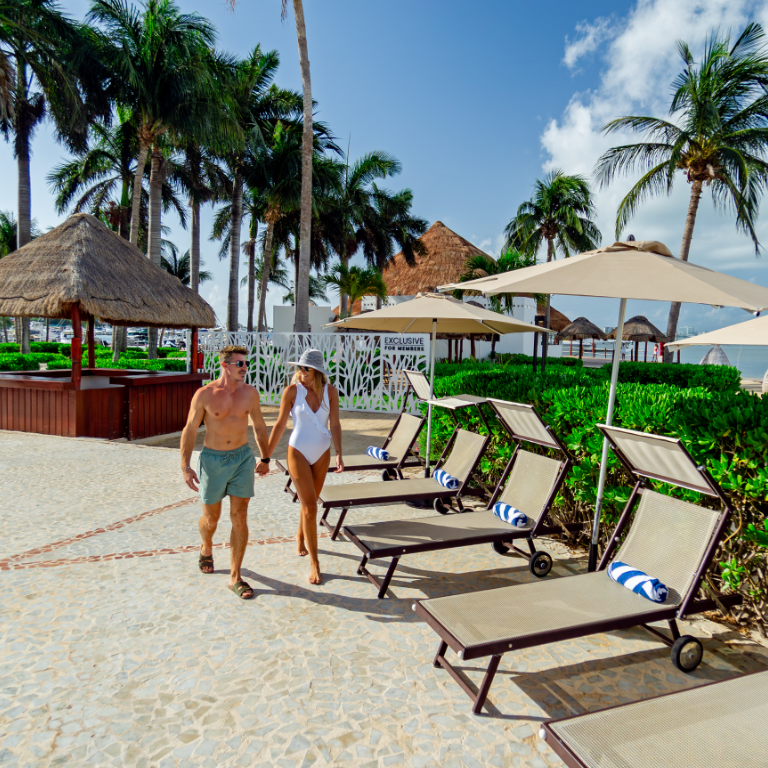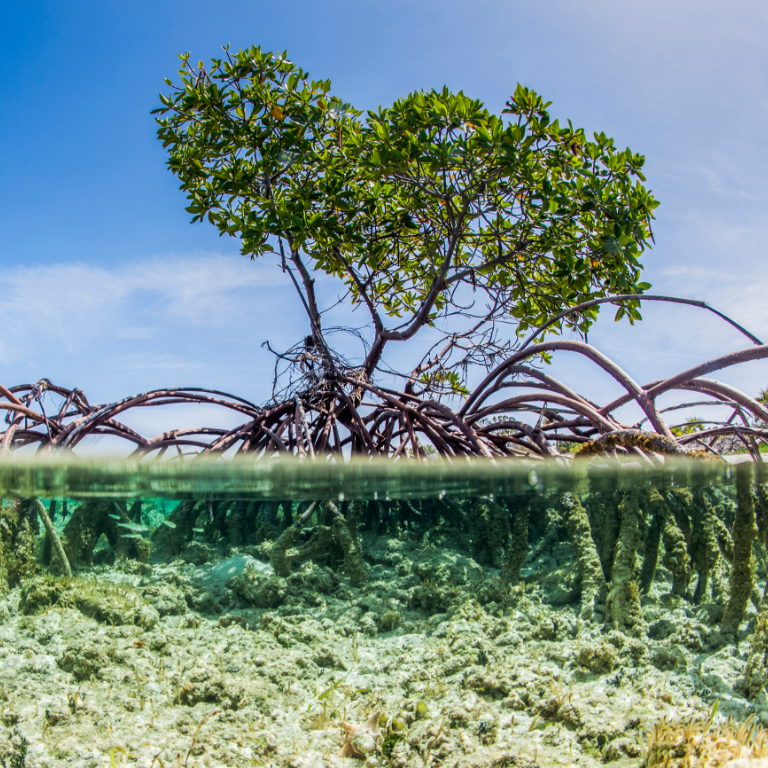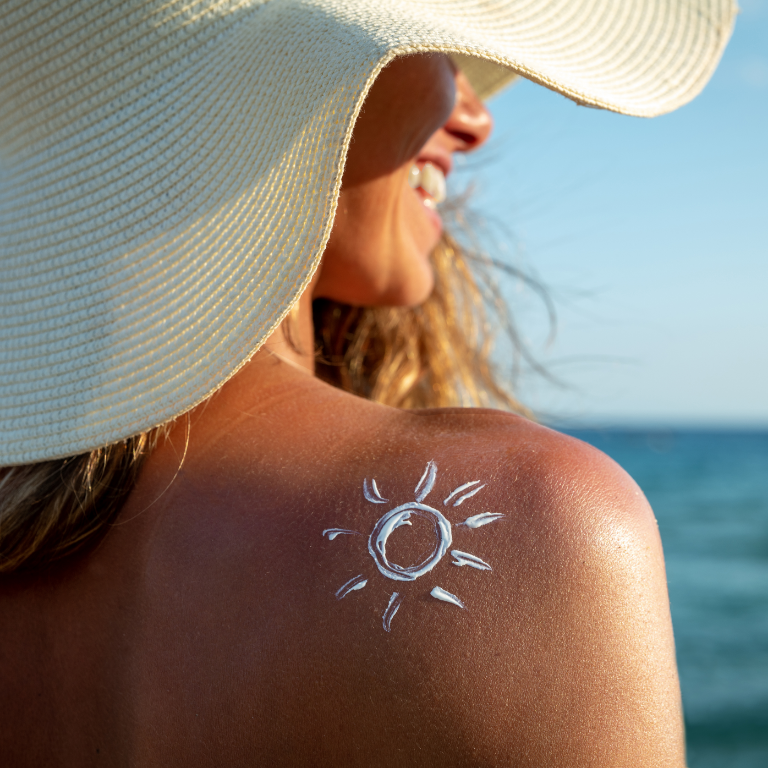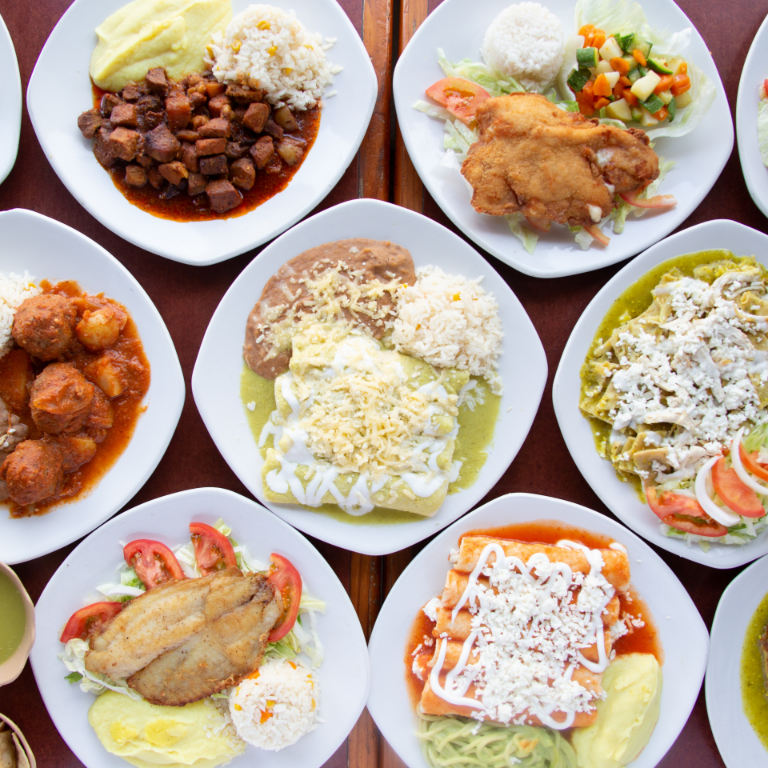The Mesoamerican Reef (MAR) is the second largest coral reef in the world, stretching 1,000 km along the coasts of Mexico, Belize, Guatemala and Honduras. It is home to more than 500 species of fish, 65 species of hard corals, 350 species of mollusks and as many species of crustaceans. It is also home to one of the largest populations of manatees and whale sharks in the world; four species of sea turtles have been sighted: white, loggerhead, hawksbill and leatherback. The great amount of fauna that gathers in the MAR gives us one of the most incredible spectacles. Every year, during certain days, large quantities of fish gather to reproduce. Not only is it a place of great beauty that attracts countless tourists from all over the world for its picturesque beaches and beautiful dive sites, but it also acts as a great filter that detoxifies the water and air.
The Mesoamerican Reef System not only delights us with its beauty, it also provides important environmental services that affect our daily lives. It is a great marine nursery with a very rich genetic library, it protects the land by acting as a barrier when there are strong storms, big waves and especially during hurricane season. It is also a producer of sand and generates a great economic benefit because it is an abundant place where fish inhabit, which affects both fishing and tourism in the area, in addition to promoting human health.
Between 1 and 2 million people depend directly on marine resources for their livelihood. On the Mexican side, in the state of Quintana Roo, four important sites for this great ecosystem have been protected. The success of the protection of these sites has been the involvement of women and men from the fishing communities, who have designed, protected and monitored these sites themselves to determine the state of the site, as they contain commercially valuable marine species, especially lobster, conch, red snapper and grouper.
Although activities in the MAR stimulate the economy, they also threaten to destroy the integrity of the ecoregion’s ecological system. It also faces profound threats such as climate change, land-based pollution, unsustainable fishing, boat anchors and the fins of careless divers.
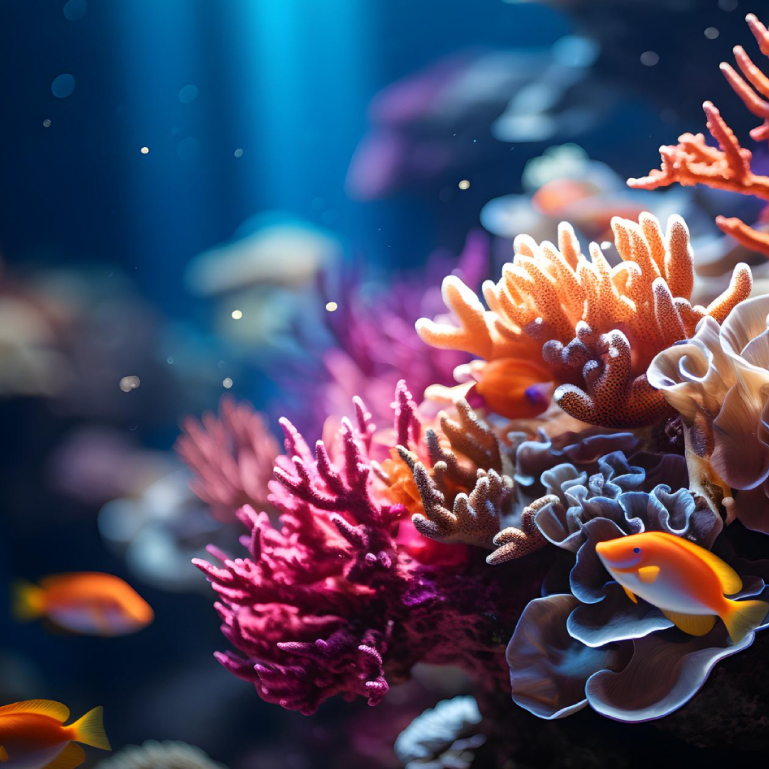
There are several national and international organizations that have joined efforts to conserve and protect this area over the years, such as WWF, MAR Fund, CONABIO, The Nature Conservancy, among others. Currently, there is a brigade of volunteers whose goal is to learn how to repair the coral reefs that protect the coast in the Mexican Caribbean. Coral reefs are dying around the world, especially those near uncontrolled coastal development and polluted areas. About half of the world’s coral reefs have died in the last 30 years, and scientists predict that most will be gone by 2100. As humanity, it is important that we unite and become aware of our actions in order to contribute our “grain of sand” to the preservation of these areas, and to continue to have the privilege of enjoying them, as well as future generations.
